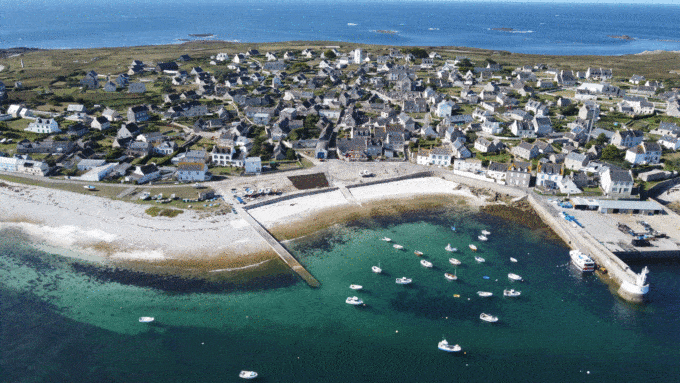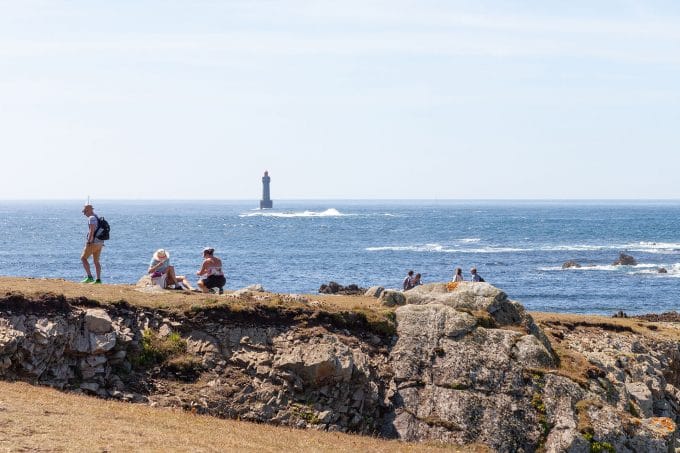Sound walk in Lanildut - Côté Terre
Lanildut
Lanildut
- Pedestrian
- 4 Km
- 1h30
- Easy
- Walks




About us
Discover the history of Lanildut, from the Aber Ildut to Rumorvan, via the Saint-Gildas chapel.
A lovely discovery walk awaits you.
For an interactive stroll punctuated by photos and videos immersing you in the history of Lanildut and the Aber Ildut, discover this tour on the "Secrets d'Iroise" application (downloadable on smartphone).
For more walking trails, visit the Iroise Bretagne Tourist Office, where you'll find paper maps and topoguides published by the Fédération Française de Randonnée du Finistère.
At the bottom of the page, see all the activities and restaurants in the area.
Documents to download
Help us improve your routes
































